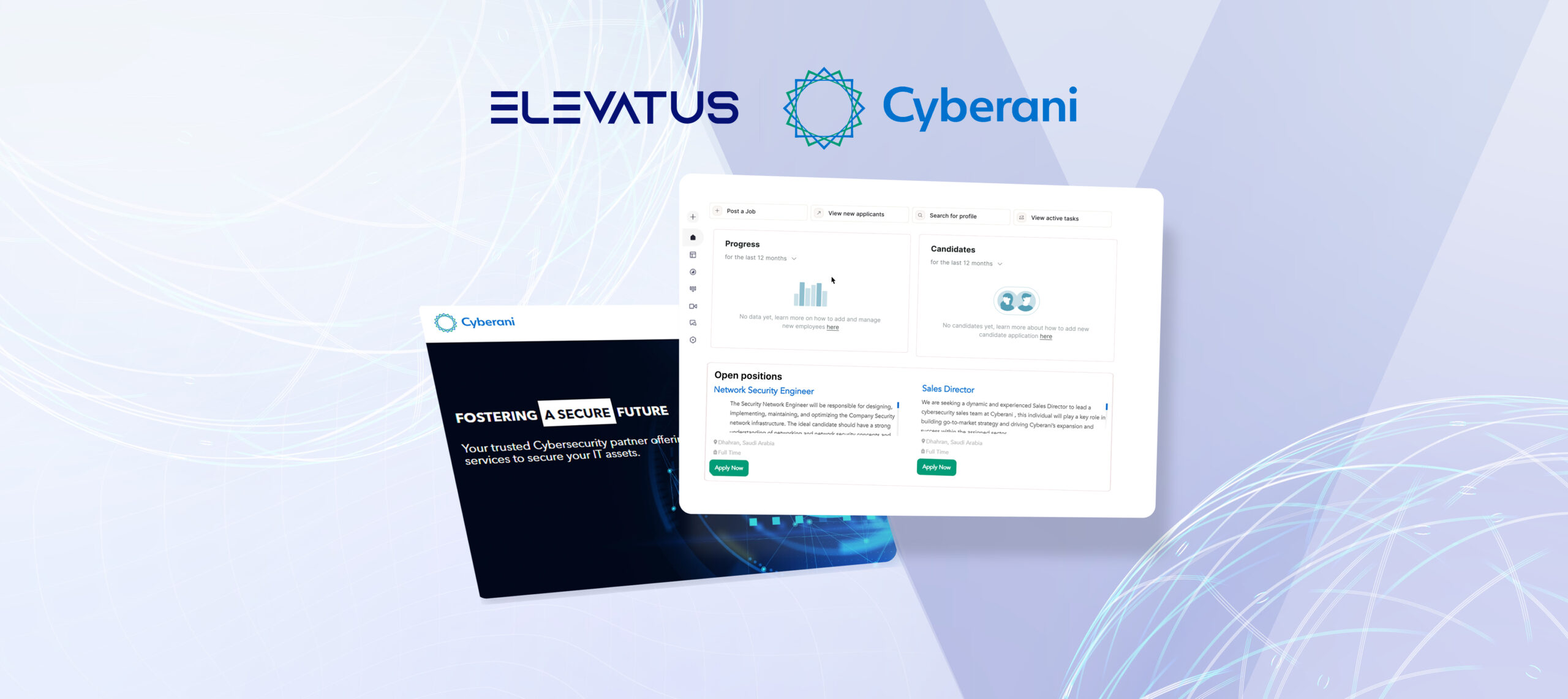
What is gainsharing?
February 8, 2024
Elevatus
Content Writer
Gainsharing is a strategy aimed at enhancing company profitability through increased employee participation and performance. It involves employees receiving a share of the company’s profits generated from performance improvements they help create. This approach encourages waste reduction, teamwork, and motivation among employees, resulting in financial gains for the organization.
How does gainsharing work?
Gainsharing operates on the principle of collective effort and shared rewards. Consider a laptop manufacturing company as an example. Initially, they produced 10,000 laptops in 5,000 working hours. Through collaborative efforts to improve efficiency, they reduced the production time to 4,000 hours the following month, resulting in $150,000 in savings. These gains are evenly distributed among the group.
Similarly, in a car manufacturing scenario, where $5,000 worth of waste was associated with each vehicle, a gainsharing initiative led to waste reduction, lowering the cost per car to $3,000. With 50 cars produced monthly, this saved $100,000, which was divided among the team members involved.
Gainsharing thrives on teamwork and innovation, driving both efficiency and cost-effectiveness.
Types of gainsharing plans
Gainsharing plans come in various forms, each tailored to different aspects of performance and productivity. These gainsharing plans cater to different organizational goals, from output and quality to teamwork and employee ownership, ensuring flexibility in rewarding performance and fostering a culture of continuous improvement. Here are some types of gainsharing plans:
The Scanlon Plan:
Focusing on output, this plan divides savings between employees and the company. It calculates savings by subtracting the standard labor cost per unit from the actual labor cost per unit of production. For example, if an employee increases their daily air conditioner repairs from 15 to 20, the gains are the difference in production rates.
The Rucker Plan:
Prioritizing product quality over quantity, the Rucker Plan is suitable for industries where consistent quality matters most. Metrics like waste-to-production ratios or the number of defective parts per production are used to calculate gains.
Improshare Plan:
Similar to the Scanlon Plan, the Improshare Plan measures savings based on the number of production hours rather than labor costs. When productivity surpasses the baseline, the savings difference is shared among employees. This plan encourages team interaction and support to boost overall productivity.
Worker Ownership:
In this unique approach, employees not only earn additional income through performance but also have the opportunity to own shares in the company. This fosters a strong sense of ownership and alignment of interests between employees and the organization.
The pros and cons of gainsharing
Gainsharing offers benefits like performance improvement and cost reduction but may lead to workplace friction and stress. It aligns efforts but can neglect individual merit and non-incentivized areas. Let’s take a look:
Pros:
Performance Improvement: Motivates employees to perform at their best, leading to improved company performance.
Self-Funded: Payouts for performance improvements come from savings generated, saving the company money.
Alignment: Aligns individual efforts with team and organizational objectives, fostering a sense of unity.
Cost Reduction: Reduces costs by identifying and eliminating waste and inefficiencies.
Efficiency: Enhances overall efficiency as teams collaborate to achieve shared goals.
Supportive Culture: Creates a culture of mutual support and collaboration within the workplace.
Cons:
Payouts During Poor Performance: Sometimes, payouts must be made even when the company is underperforming, affecting finances.
Friction and Entitlement: This can lead to workplace tension and a sense of entitlement among employees.
Increased Stress: The focus on financial goals may increase stress levels for employees.
Neglect of Individual Merit: Individual contributions may be overshadowed by team goals, impacting recognition.
Neglected Areas: Emphasis on incentivized goals may lead to neglect in other areas like safety ratings.
Explore the HR landscape without getting tangled in complex terms!
Introducing our comprehensive Glossary. This is more than just a dry catalog of definitions; it’s a treasure trove of knowledge that unveils the heart and soul of each term.
While you’re here, delve into our growing library of recruiting definitions:
Turn top talent to employees fast
Hire, assess, onboard and manage top talent for every job. See how Elevatus streamlines everything; from acquire to new hire.
Request a demoAuthor
Elevatus
Don't miss a thing!
Stay one step ahead. Subscribe and get the latest updates, news, and insights from Elevatus straight to your inbox.





